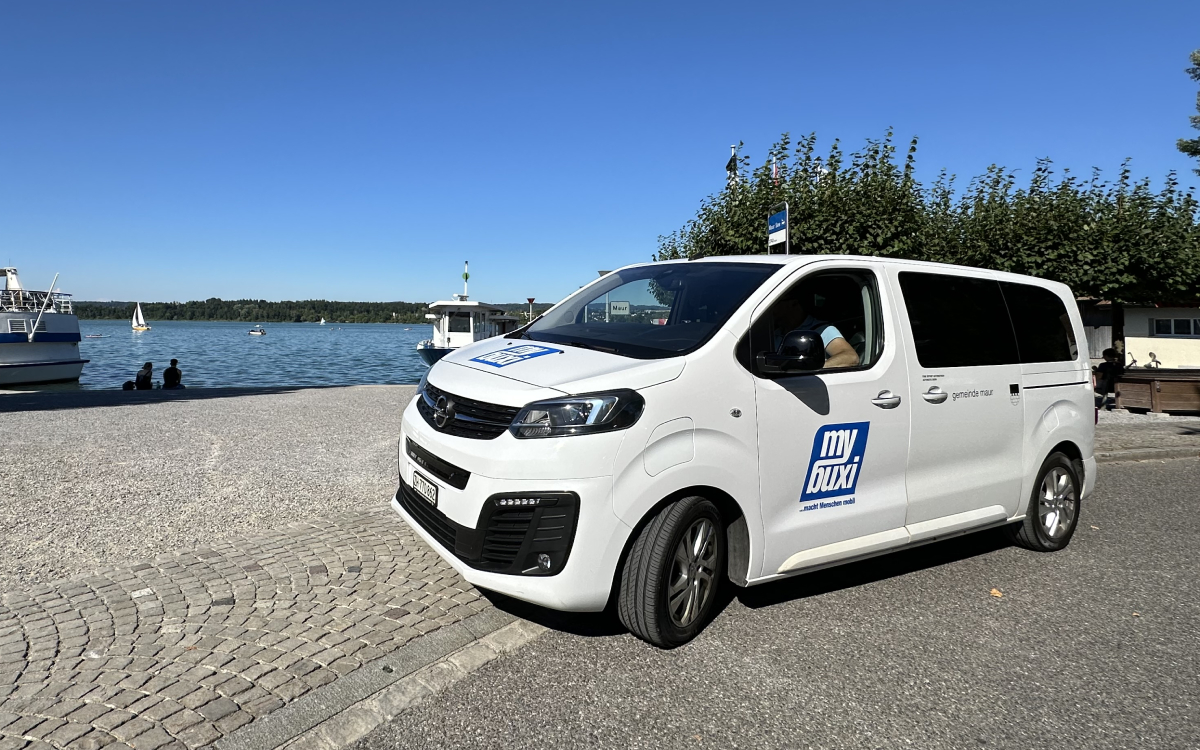


Why Data is Key to Effective Crisis Management

We’re living through a 21st-century gold rush where information is the new currency and the data-miner is king. And as the world emerges from its hole post-Covid-19 shutdown, smart data management will be vital to meet the challenges of the “new normal.”
Consumers were just beginning to realize the value of their data, and how little claim they have on it. Now, in the interests of safeguarding public health and salvaging the economy, they are being asked to accept increased surveillance.
When the pandemic hit, a lack of data and systems meant a one-size-fits-all response: entire populations quarantined and all but essential businesses closed. To determine who can safely start moving again, some countries are now using health monitoring apps or personalized QR codes for a more tailored approach. To assess whether social distancing measures are being followed, some propose going further and analyzing aggregated, anonymous mobility data from mobile phones to understand our movements.
If it sounds a bit “Big Brother,” you’re not alone. Human Rights Watch warns of the dangers of governments—particularly ones with poor human rights records—accessing large amounts of citizens’ data, and the tendency for emergency measures to remain in place even after the emergency is over. They do, however, recognize that desperate times call for desperate measures, and it seems the public agrees.
The other side of the coin is that data exploitation offers many positives, particularly for one-size-fits-all public transport, which is essential to getting people back to work. In contrast to the trend towards personalized, data-driven mobility solutions in private or on-demand transit, public services are still fairly “analog.” Some cities have adopted personal travel cards, bank cards or smartphones, required at both entry and exit barriers, yielding a wealth of data about user behavior and demographics. However, others still use entry-only, non-personal tickets that only tell part of the story.
Now, under pressure to adapt services, authorities need to be able to predict and respond to demand to enable social distancing, for example by controlling on-board passenger numbers. But while drivers can easily see when a bus is full, it’s harder to judge half- or one-third capacity. Therefore, Shotl is working on an app that allows drivers to add and subtract passengers and automate capacity control. Data is sent to a central database for a real-time picture of where capacity is being reached or breached so managers can adjust vehicle numbers in response to changing demand.
A second phase of the project will make this information available to passengers so they know whether they will be able—or will want to—board an approaching vehicle or not. A final stage envisions booking and payment via app and allowing drivers to reserve empty seats between passengers.
Safely and ethically managed, big sets of non-personal data can facilitate more sophisticated solutions and tailored crisis responses across the board. In transport, more data sharing would let us all see the bigger picture—instead of each player focusing on their specific area—help identify and eliminate inefficiencies in existing models, take the guesswork out of predicting demand, and condition more targeted, sustainable services.
To this end, initiatives like the UTIP’s Data4PT, which aims to promote transport data sharing, are welcome. Shotl’s policy is to share all our data with our customers but we understand why some providers are wary of losing their competitive edge by sharing with competitors. Achieving an “information utopia” means, therefore, creating a climate in which increased cooperation benefits us all, especially our passengers.
Popular posts
23.07.25
Mybuxi and Shotl launch a new on-demand mobility service in Maur (Zurich)
Rocío Goldín
25.11.22
A gender perspective on on-demand transport
Gender-based violence and harassment is a serious concern in the public transport sector. Shotl is committed to providing those who identify as female with better access to economic and educational opportunities, and we deliver on this promise daily.
Jonàs Ramírez
29.03.21
Spreading Success in Sant Cugat
Shotl launches its third Demand Responsive Transport (DRT) service in Sant Cugat, Spain.


